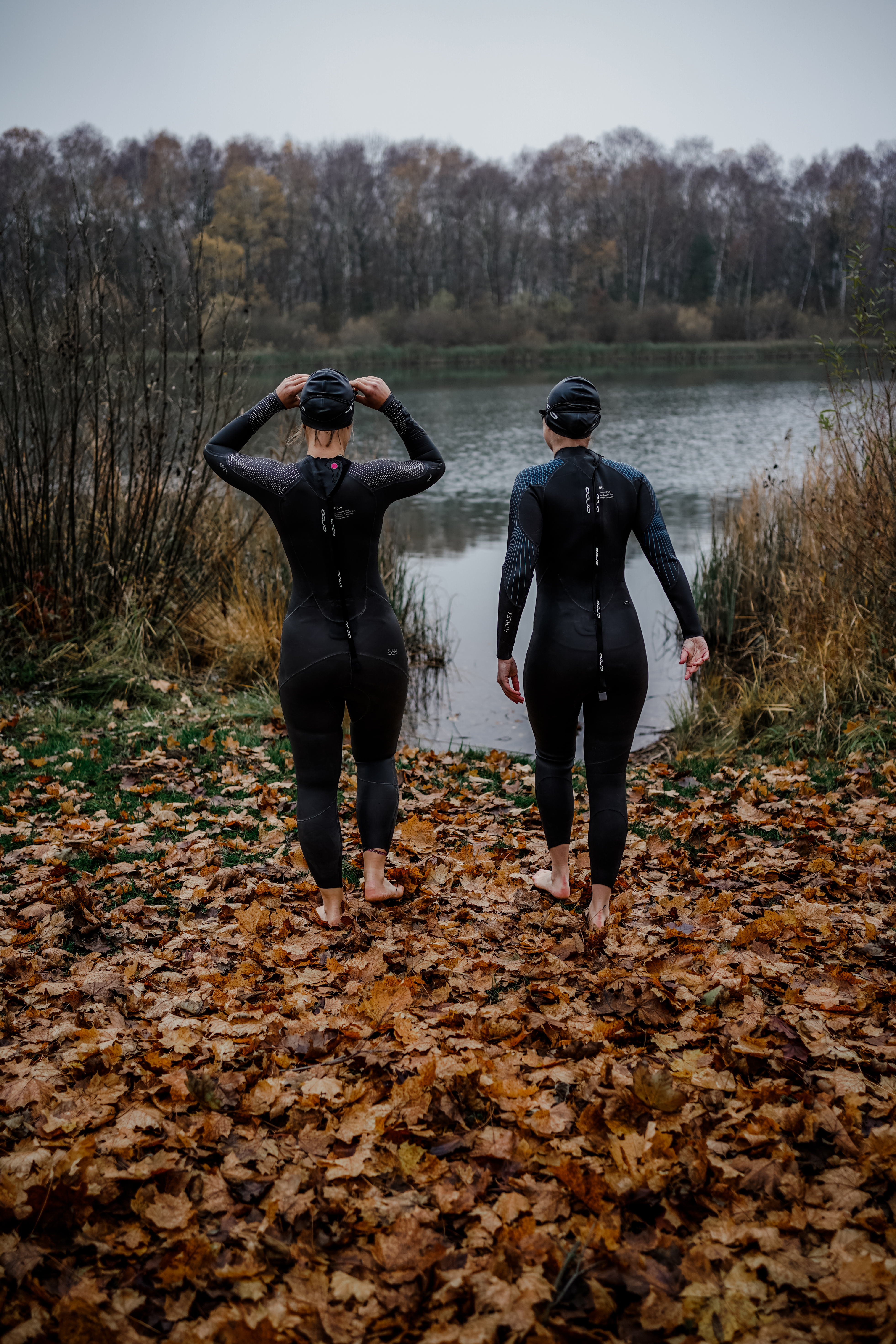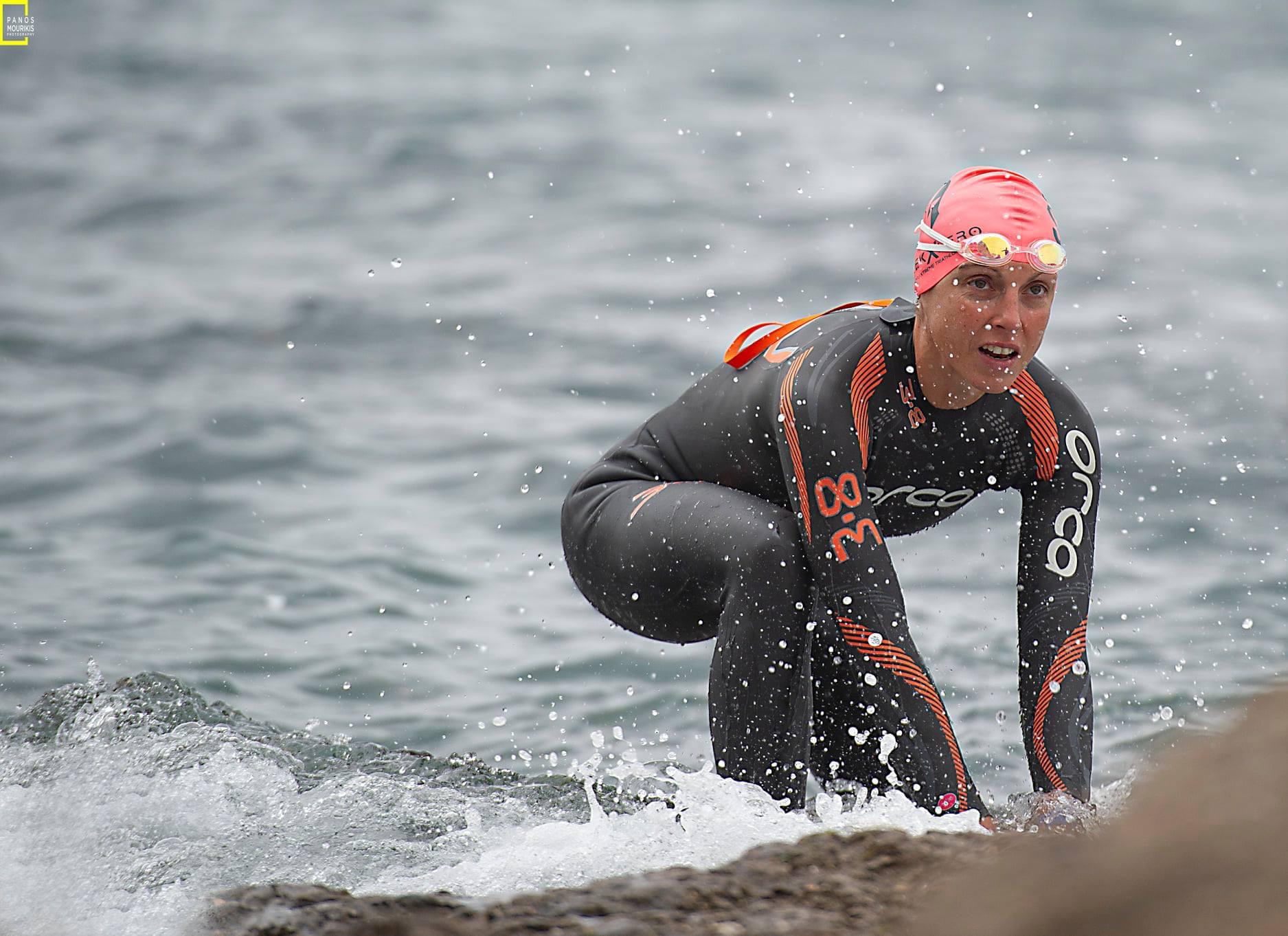
And what’s with the different buoyancy measurements?
It is a tricky one – how to choose the right wetsuit…
Wetsuit technology has come a long way in the last 5 years, and for the majority of people, if your wetsuit is older than 5 years then investing in a new one will have a significant impact on your swim times. But how do you choose the right one for you?
Open water swim venues and even some tri shops sometimes have wetsuits you can rent so that you can try different brands and fits.
In general though here are some things to think about:
1. Fit
Choose a brand that has more range than just S/M/L. Triathletes come in all shapes and sizes and the main wetsuit brands have plenty of sizes to choose from. When you put the suit on it should feel very snug. If it is not hard to put on then it is too big. Once you are swimming you should not be able to feel cold water coming in all the time, especially around the neck.
2. Shoulder material
Wetsuit materials are much more flexible than they used to be, and most brands now use yamamoto neoprene which has many advantages. When you are swimming in your wetsuit you should not feel as if your shoulders are restricted by the suit.
3. Buoyancy
The range of different types of buoyancy in the wetsuits available now is broad. The one which is best for you depends on your natural body position in the water without a wetsuit. If you are a naturally buoyant swimmer with a good body position then you don’t need the added material in the legs. If you struggle with body position and you drag your legs a bit then you may find that the added lower body buoyancy makes a huge difference in open water. Many brands explain this on their sites and it is worthwhile reading the blurb and understanding what type of swimmer you are before you buy. Generally if they list a measurement of thickness it is the thickness of the neoprene – and the thicker it is the more buoyant (and warm!).
If you struggle with body position and you drag your legs a bit then you may find that the added lower body buoyancy makes a huge difference in open water.
4. Price
The best suit for you will also depend on your budget. If you are a regular open water swimmer and you will be getting a lot of use out of the suit then it is important to buy something that is durable. Some race-focussed suits can degrade rapidly with regular use. If you are after performance and will only be using the suit in important races then for sure spending a bit more is worthwhile. However in our coaches’ opinion there is a limit! Once you get above about £500 there is little difference and brands trying to get you to spend over £1000 are not worth it.
Want your content featured?
If you would like to input to our Coaches’ Hub – or there is a topic you would like us to write about – why not send us your ideas? We are always looking for good content and it helps to promote your business.
Email: caroline@trainxhale.com


